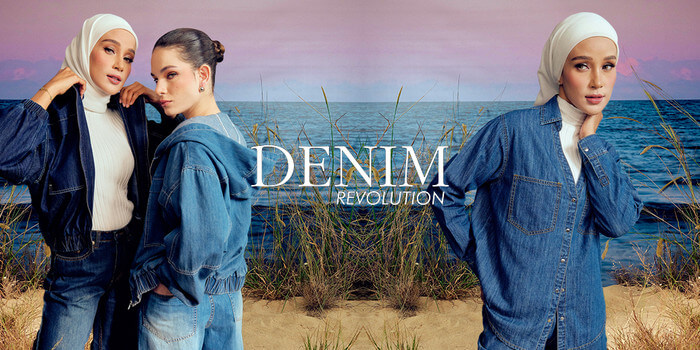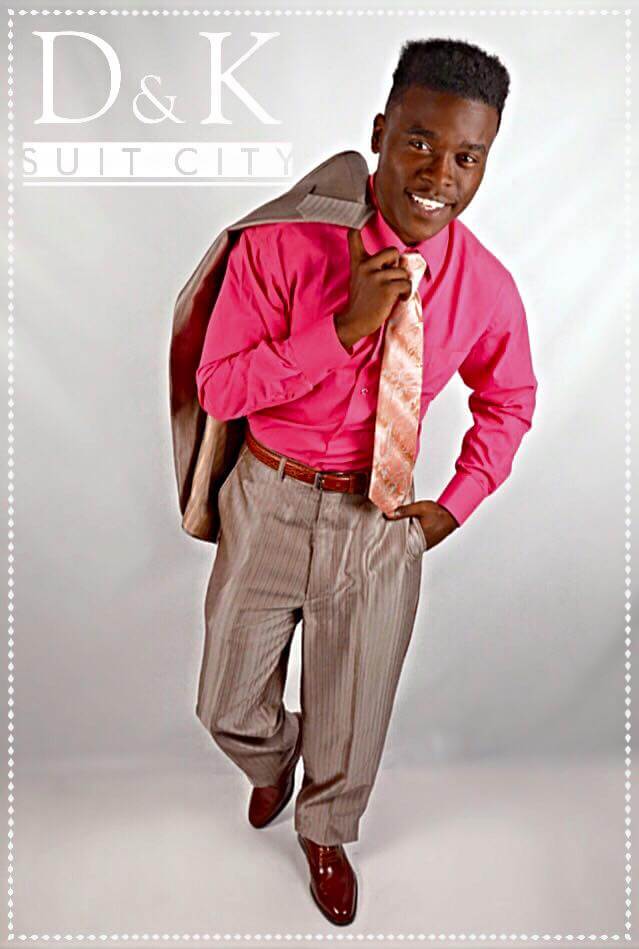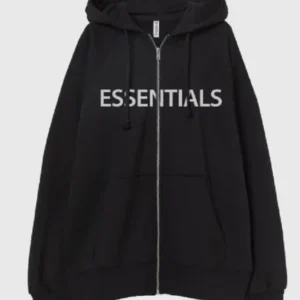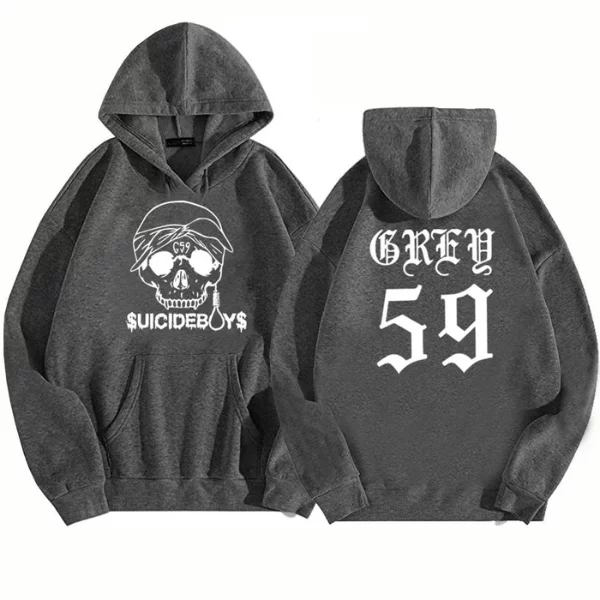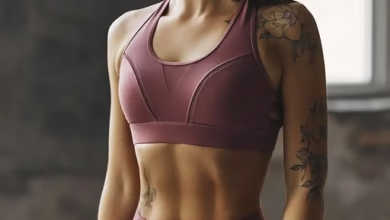
What’s War Fashion, and Why Does It Matter?
War fashion refers to clothing styles inspired by military aesthetics—think combat jackets, cargo pants, camo prints, and structured boots. It matters because it blends utility with rebellion, and brands tap into this look to sell power, resilience, and edge.Who Decides War.
This style didn’t show up by accident. It’s not just a trend someone stumbled upon. War fashion’s been creeping through runways, music videos, protests, and sidewalks for decades. When folks reach for a military-style jacket or patched hoodie, they’re not just picking clothes—they’re picking a mood, a mindset, sometimes even a movement.
Who Really Decides What War Fashion Looks Like?
War fashion is shaped by fashion designers, street culture, military history, and popular media. Brands adapt it, influencers wear it, shoppers spread it. No single person decides—it’s a mix of forces that push war fashion forward.
Designers like Raf Simons or Virgil Abloh didn’t invent camo, but they twisted it into something cool. Rappers wore bulletproof vests onstage, not for protection, but for impact. Streetwear brands like Supreme or Alpha Industries added their stamp and made war fashion something you’d see both in the club and the coffee shop.
So while no general sits in a room choosing next season’s battle pants, the decision still marches in from all sides.
The Role of Designers in War Fashion
Designers light the match.
They take military silhouettes and reimagine them. A double-breasted army coat gets cut short. A camo print turns neon. A classic bomber gets new zippers and shoulder straps.
We’ve seen labels like Balenciaga make bomb squad vibes look runway ready. Kanye West’s Yeezy line leaned hard into apocalyptic, military dressing—neutral colors, oversized jackets, and boots ready to stomp into the future.
Designers study war history, too. They look at uniforms from World War II, Vietnam, or modern tactical gear. They remix, resize, reshape.
They decide what’s fresh, and what gets left in the barracks.
Street Culture: The Real Battlefield
Once designers make the drop, the streets take over.
War fashion lives and dies by how people wear it. We’re talking skate crews, rappers, graffiti artists, and youth scenes. A jacket that looks average on a hanger can feel like armor when someone adds patches, pins, or a ripped sleeve.
Look at punk rockers from the ’80s. They wore military coats with band logos and protest messages scrawled on the back. Or the hip-hop scene of the ’90s—where baggy camo pants and tactical vests became part of everyday wear.
The street doesn’t ask permission. It reclaims, reinvents, reloads.
What About Influencers and Celebrities?
Celebrities and influencers play a major role by making war fashion visible and aspirational. When they wear tactical jackets or combat boots, they amplify trends to millions of followers, accelerating demand and shifting what’s considered stylish.
One photo of Rihanna in a camo trench coat, and it’s gone viral in minutes.
ASAP Rocky in a military vest? Instant sell-out.
Even Billie Eilish made oversized war-core fashion her signature look early in her career—think baggy pants, bold graphics, chunky boots.
These aren’t just outfits. They’re megaphones.
Brands know it too. They send these clothes directly to influencers because nothing spreads faster than a good fit posted on Instagram.
Retailers and Brands: The Middle Command
Designers spark ideas, street culture builds energy, influencers spread it—but brands and stores decide what actually hits the racks.
Fast fashion companies move quick. If camo cargo pants show up in Paris, they’ll be on shelves in a month.
Retail buyers look at trends, watch social media, study runway shows, then pick what to sell. If shoppers bite, the cycle keeps going.
You walk into a store, you see ten versions of a military hoodie. That’s not random—it’s a chain reaction.
The Shoppers Seal the Deal
The final decision sits with shoppers. They pick what to wear, how to wear it, and whether a war-inspired trend gets traction or fades out. If they buy it, the fashion lives. If they ignore it, it dies.
You see a war-style denim jacket with strap details, grab it, wear it, post it. Your friends want one too.
That’s how a look spreads. Not from top-down orders, but from the ground up.
So while you won’t find a “fashion commander” pulling strings, every purchase adds another brick to the battlefield.
Why Do People Even Like War Fashion?
It taps into something primal.
War clothes feel bold. They say, “I can handle the chaos.” Whether it’s camo jeans, an army-green hoodie, or a tactical vest, the vibe’s the same—tough, sharp, unbothered.
There’s a reason folks wear it when they want to feel strong. It’s like putting on armor, even if you’re just walking into a tough day at work or through city streets at night.
You might not be going to war, but the outfit says you could if you had to.
War Fashion in Stores: What Do People Actually Buy?
Look around any city mall or streetwear shop, and you’ll spot the war fashion staples:
-
Bomber jackets – with patches, zips, or flight tags
-
Hoodies – oversized, washed-out, tactical pockets
-
Camo pants – classic or re-colored
-
Military boots – rugged soles, lace-ups, ready to stomp
-
Utility shirts – boxy, pocket-heavy, faded tones
-
Graphic tees – showing rebellion, resistance, or battle themes
These pieces mix in and out of trends. But they’re always hanging around, waiting to be rearmed.
Does War Fashion Ever Cross a Line?
Sometimes, yes.
There’s a difference between taking inspiration and being insensitive.
Wearing something that resembles a soldier’s uniform might make a bold statement. But if it mocks or trivializes real conflict, that’s a step too far. Some brands have gotten heat for using real war symbols without context.
The line between fashion and disrespect can be thin. Designers and brands that do it right treat the source material with awareness.
Final Word: Who’s Really in Charge?
No one single person or brand decides war fashion. It’s a chain. Designers light the fuse. Street culture fuels the fire. Influencers spread it. Brands sell it. And shoppers decide if it stays or goes. Everyone plays a part in the style battle.
So next time you zip up a bomber jacket or lace up military boots, know you’re part of something bigger than just clothes. It’s a fashion front line, where ideas, rebellion, survival, and expression all collide.
And whether you’re buying it for style, attitude, or edge—war fashion isn’t just a trend. It’s a signal.

